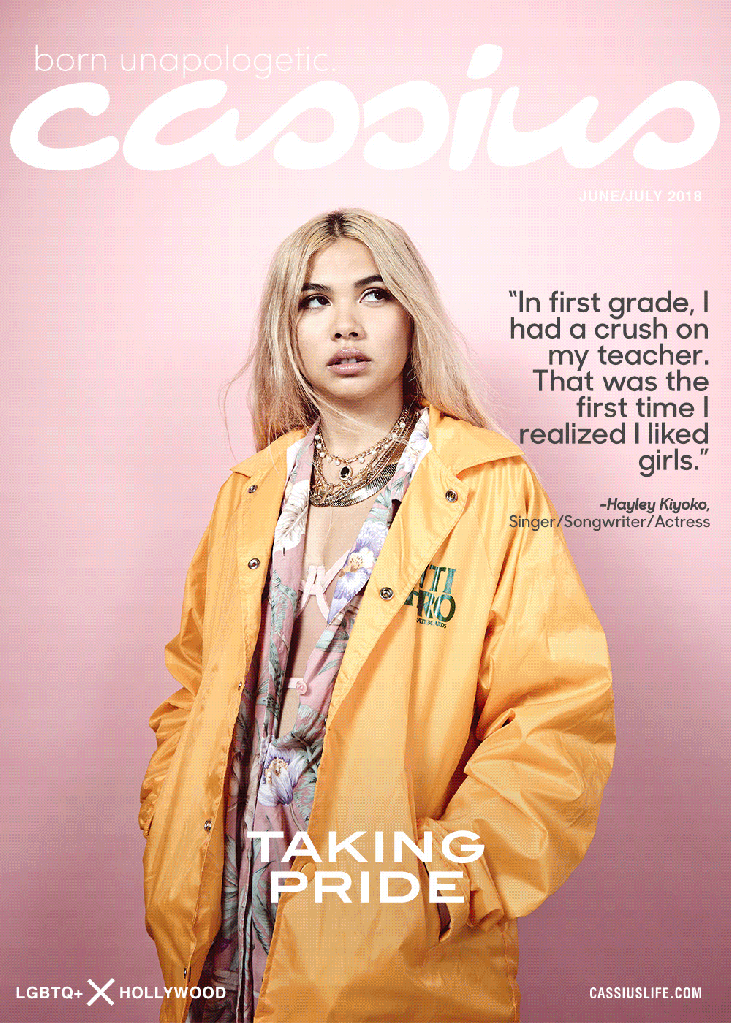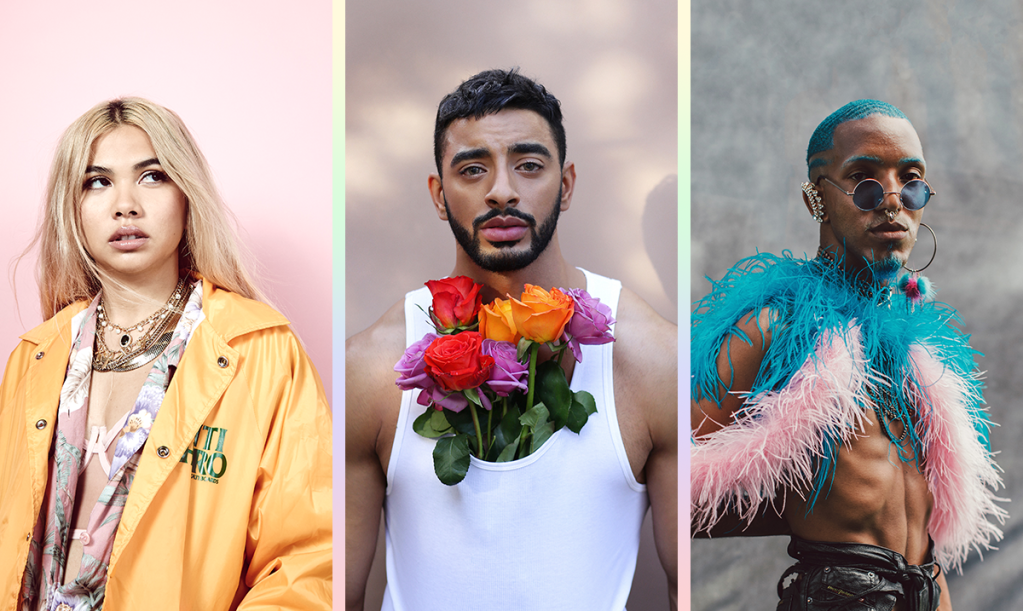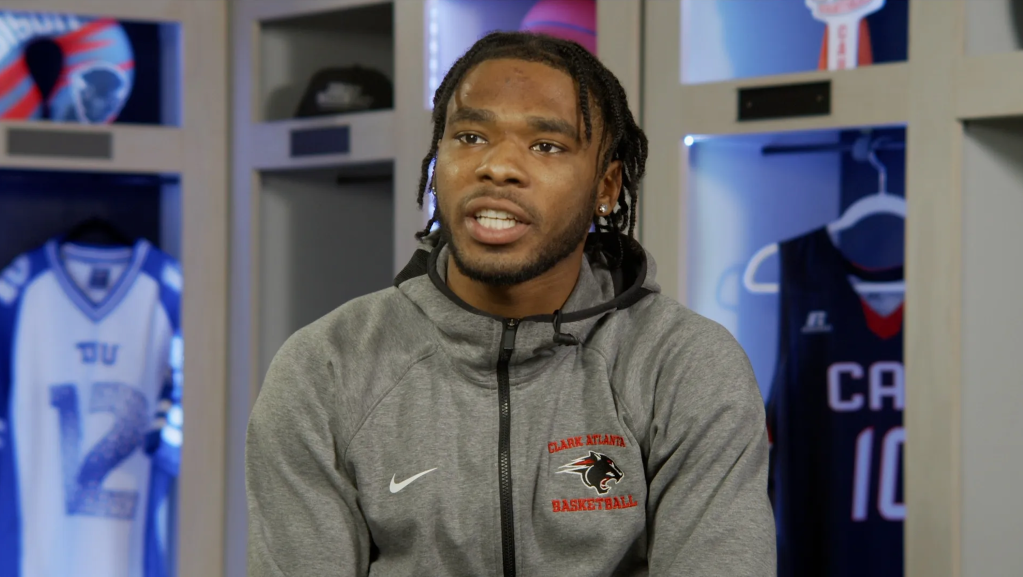
Source: Erik Carter/ Luke Austin/ Andrew Boyle / iOne Creative Services
I was 14 years old when I first admitted I had a crush on a girl.
It was late on a school night and I was on AIM (#tbt) on my Sidekick 3 (even more #tbt), sobbing and pouring my heart out to my childhood best friend about how scared I was. We were both children of traditional Puerto Rican families who were figuring out our sexuality. We came from a neighborhood that ostracized anyone who didn’t fit the script of conforming to traditional gender roles and attended Catholic all-girls’ and boys’ schools that preached homosexuality was a sin.
On our shoulders laid tremendous responsibilities to uphold traditional values of what Latinx men and women should look like, conforming to strict gender norms. Because if life was anything like we had seen on television and movie screens, white teens were gay. Black and brown teens were not, and if they were? Things typically didn’t usually turn out well for them.
On our shoulders laid tremendous responsibilities to uphold traditional values of what Latinx men and women should look like, conforming to strict gender norms.
I wonder what our lives would have been like had we been born ten years later. Today, we live in a society that welcomes Hayley Kiyoko and her craft as she stars in TV series, creates songs, directs music videos, and speaks out in the name and experiences of queer women everywhere. Dominican trans model Laith Ashley is making headlines and turning heads by showing queer and trans Latinx youth it’s okay to be themselves, and fashion cool kid Blake Diiamond explores the spectrum of gender expression through style. Figures like these have literally made it “cool to be queer.”

Pictured (L to R): Musician/Actress Hayley Kiyoko; Trans Model Laith Ashley; Fashion Creative Blake Diiamond (Source: Andrew Boyle/ Erik Carter/ Luke Austin/ iOne Creative Services
A recent study from J. Walter Thompson Intelligence says that only 48 percent of Generation Z identify as heterosexual and 81 percent say that gender doesn’t define a person as much as it used to. In GLAAD’s most recent report on “Where We Are On TV,” it was found that out of 901 regular characters expected to appear on broadcast television scripted primetime programming for the 2017-18 season, 58 (or 6.4%) identified as LGBTQ+, which is the highest percentage seen in the history of the report.
The intersection of a character’s race and culture with their gender and sexual identity is crucial as these are pieces that will inform the way they walk in each respective world. I would not be the same bisexual cis woman if I was not Latinx, and vice versa — these identities of mine inform each other. While I have characters that I see myself in like Elena Alvarez from One Day at a Time or Kat Sandoval in Madame Secretary, LGBTQ+ characters of color are still few and far between. Only 20 percent (17 characters) of LGBTQ+ characters on screen are Black, nine percent (eight characters) are Latinx, and four percent (three characters) are Asian Pacific Islander (API). Of 17 trans characters on television, only two are Black, one is Latinx and one is API.
Enter Pose, the newest television phenomenon which premiered on FX at the top of Pride month. The hour-long dance musical series is making history featuring five trans women of color leads and an all-star team behind the scenes including huge names such as Ryan Murphy, Janet Mock, and Leiomy Maldonado. The show is showcasing the history of ball culture, a scene in which LGBTQ+ folks of color were pivotal in building and cultivating, as well as touching on painful topics such as homelessness, the HIV/AIDS epidemic, and worker discrimination against trans folks of color. Even in all of its brilliance, Pose can still stand to grow in its diversity — trans men also played a pivotal part in the ball scene and have their own stories that have yet to be told on the television and movie screens.
In our interview with Pose cast member, Angelica Ross, she addresses the importance of telling Black trans stories on the big screen to serve as a model to learn how to receive our coming out stories better. With representation comes acceptance and with acceptance comes change. As Ross mentions, “When you actually put trans people, Black people, and people of color in the room where things are being collaborated on and created, it is made that much better.”

Pictured: ‘POSE’ star Angelica Ross (Source: Dia Dipasupil / Getty)
We would not have a Pride celebration without trans women of color like Marsha P. Johnson, Miss Major Griffin-Gracy, and Sylvia Rivera forcefully striking back against the oppressive constructs of white supremacy and police brutality. For the sake of their legacy, we have a radical responsibility to invest in our community and ensure our voices are heard. When we are granted the platform to tell our own stories, this is where the change in our world truly begins. Strained relationships between family members heal. An understanding develops and empathy follows. The magic occurs when young queer and trans kids of color aren’t ashamed to tell the world who they are, but instead empowered to do so.
If I were able to go back and tell my 14-year-old self one thing, it would be this: “People will not always understand the ways in which your heart can love. But one day, a girl will ask you with so much awe in her eyes how it feels to love so free. Connections like this will make all the difference.”
If nothing else, stories like these are so necessary — the ones that inspire you to love so free.
Happy Pride, y’all.

Source: Arctic-Images / Getty
















